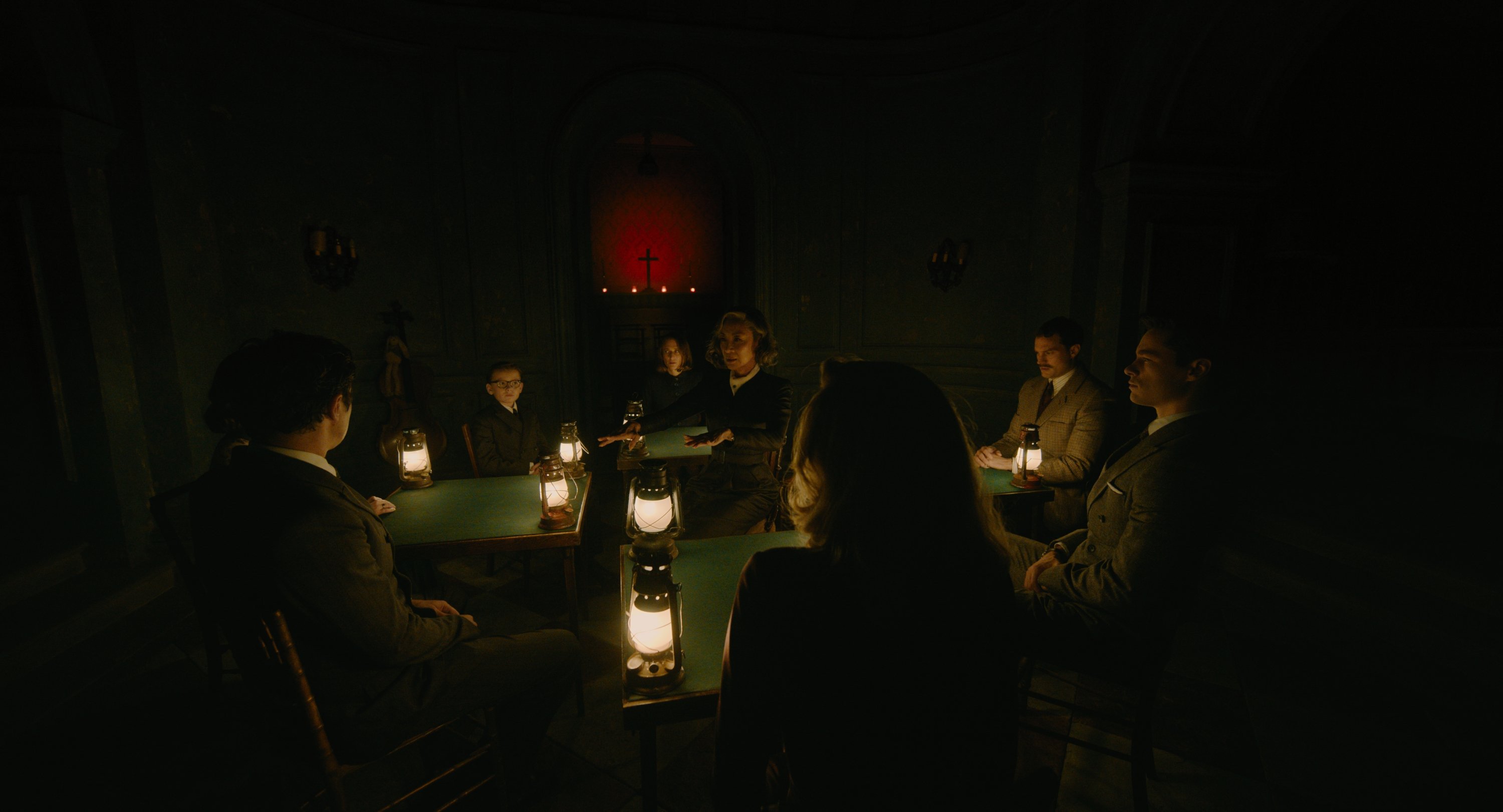© Turkuvaz Haberleşme ve Yayıncılık 2026
Kenneth Branagh, the director, and Michael Green, the screenwriter, have teamed up for their third collaboration on an Agatha Christie adaptation, titled "A Haunting in Venice." Among their trio of films, which began with "Murder on the Orient Express" in 2017 and continued with "Death on the Nile" in 2022, "A Haunting in Venice" stands out as the most satisfying installment, with Branagh once again taking on the role of both director and star.
I don’t love these movies, and that makes me sad. I’ve enjoyed Christie’s books, the Hercule Poirot mysteries and otherwise since I was 13. But Branagh’s film versions too often feel like the work of a committed but distrusting filmmaker, so nervous about boring a modern audience with clue-planting and exposition-ladling that he drives his own movie to visual distraction.
This one’s less digitally janked up, at least, and the acting’s pretty crafty. On the other hand, it comes at you with more jump scares, several involving either parrots or pigeons, than the “Scream,” “Halloween” and “Insidious” franchises put together.
Relocated, promisingly, to 1947 Italy, based on a late Christie from 1969 titled “Hallowe’en Party” originally set in England, “A Haunting in Venice” tiptoes next door to the supernatural, while going its own way with Christie’s scenario hinging on a seance and its aftermath. The result is a close, clammy cousin to “And Then There Were None.” Let’s call this one “And Then There Were Fewer” and discuss what works, and what overworks.
As did five other Christie whodunits, this one features both Poirot and the authorial stand-in, mystery writer and amateur sleuth Ariadne Oliver. In “A Haunting in Venice,” Oliver cajoles her old Belgian friend, now retired, out of his preferred isolation. The script Americanizes Oliver, while costume designer Sammy Sheldon classes her up with some terrific hats, worn by Tina Fey. (The choice production design is by John Paul Kelly, lit just so, and often a little more so, by cinematographer Haris Zambarloukos.)
There’s a seance afoot, tailor-made for death in Venice. The annual All Hallows Eve party at a notably shadowy palazzo — formerly an orphanage — is being held for the apple-bobbing, hide-and-seek enjoyment of orphaned Venetian children. The grief-stricken operatic diva Rowena Drake (Kelly Reilly of “Yellowstone”), the owner of the palazzo, has invited the spiritualist Mrs. Reynolds (Michelle Yeoh) to summon the spirit of Drake’s late daughter, a drowning victim. Suicide? Murder?

Soon enough, Poirot and Oliver have fresh corpses to puzzle over. The suspects include the psychologically battle-scarred Dr. Ferrier (Jamie Dornan); his imperious, secretly heartbroken son (Jude Hill, like Dornan an alum of Branagh’s previous film “Belfast”); a cryptic, devout housekeeper (Camille Cottin); and, among others, Poirot’s fearsome bodyguard (Riccardo Scamarcio), who at one point plops an interloping Poirot fanboy into the canal. You appreciate the sight gag, which is nice and dry even though it’s wet; it’s one of the few deftly executed bits of punctuation in a movie that is more about zaps and gotchas.
The good parts work largely because the relocation to Venice makes atmospheric sense. It’s a city that suits just about any period. Unlike the soundstage artifice and green-screenology of “Orient Express” and “Nile,” here Branagh and his digital effects team allow the physical production, the actors and the city itself, to do their jobs. In a hectic 100-minute sprint, the most effective stretch has the unidentified killer turning on Poirot himself while bobbing for apples (there’s a similar scene, with different characters, in the novel), followed in short order by the garish death of a major character.
As for Fey, she’s fun. She’s also limited by the writing, which is more often expedient than witty. The script contrives to set Oliver against Poirot for various reasons, and to uncertain results. The haunted post-World War II atmosphere, meanwhile, is made a little less persuasive by such anachronistic turns of phrase such as “lighten up” and “income stream.” Amid Branagh’s exercise in dizzy theatrics and horror flourishes, the film’s sole understated component comes from an unlikely source: Oscar-winning composer Hildur Ingveldardóttir best known for her droning, grinding accompaniment to the groaning, driving toxicity of Todd Phillips’ “Joker.”
To be sure, the composer’s work here incorporates a slew of creaks, and ratchety sounds more akin to sound design than traditional composition. But it’s rarely too much in this case. With Branagh going for broke visually, the score wisely takes a different tack, sliding in and out of the plot’s machinations without a lot of bombast. Branagh’s portrayal of a somewhat older and wearier Poirot muted but carefully calibrated, remains two steps ahead of Branagh’s direction. But since the previous two Branagh Christies did fine at the box office, and this one likely will, too, that phrase “income stream” may suit “A Haunting in Venice” after all.
